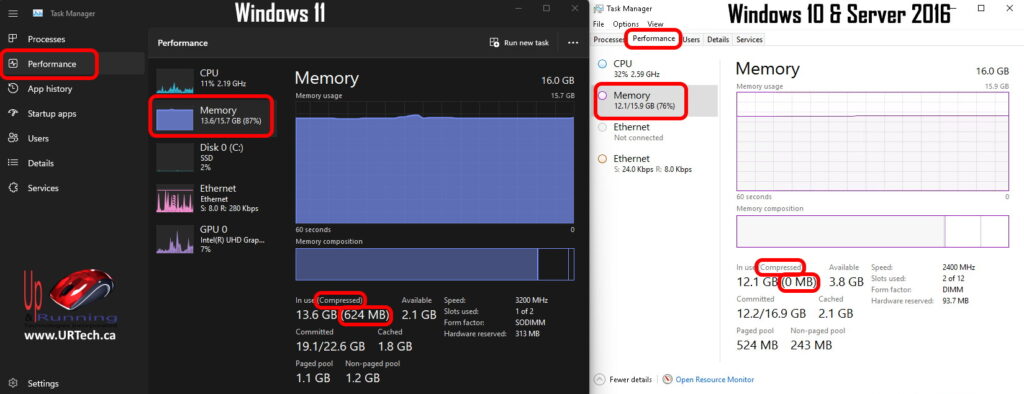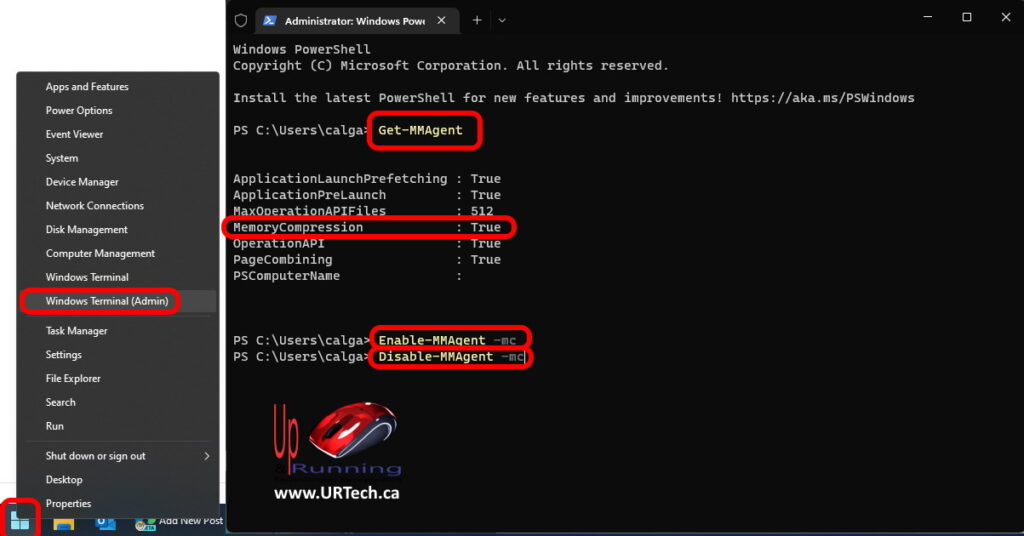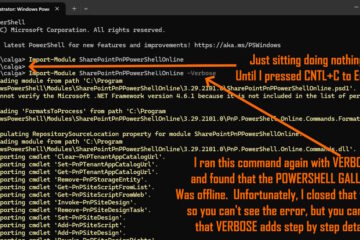If you look at the Windows 10 or Windows 11 TASK MANAGER you will notice something new on the PERFORMANCE > MEMORY tab. The memory IN USE (COMPRESSED) tells you how much of your RAM is being used by compressed bits:

Memory Compression is a simple way to stuff more things into your RAM instead of using (or using less of) a paging file on your hard drive.
What is Memory Compression?
Memory Compression is like a cache for memory. Confused? Don’t be, it isn’t that complex.
Memory compression technology takes a (dynamically changing) amount of your physical RAM and blocks it off for use by lesser used files that your computer previously loaded into RAM. The idea is that your RAM likely has been loaded with a pile of files that it really isn’t going to use right now, but might in the immediate future, so it doesn’t want to dump them out of RAM. However, before the those files are relegated, they are compressed so they take up less space.
Can I See What Is In Compressed Memory?
No, and neither can your computer. Well, to be clear, your computer knows what is in the compressed part of your RAM but cannot interact with it, other than to request it be decompressed and moved to the “usable” part of your RAM.
What Good Is Compressed Memory?
In a word, speed. If your computer does not have compressed memory, it will simply store excess “memory” as a physical file on your hard drive and as fast as Solid State Drives are today, they are no match for RAM that is closer to the CPU where it is needed.
Does Compressed Memory Replace a Page File?
Now you are getting it. Yes, decompressing memory already in memory is much faster than copying files from a page file (sometimes called a swap file) into memory. You will still likely have a page file but it will be smaller and much less used that it would be without compressed memory.
Is Compressed Memory Something New?
Compressed memory has been in use since 1990 and has fallen in and out of favor over the years as the price of RAM and fast drives (like SSD‘s) have changed.
Aren’t Compressed Memory Programs a Scam?
They have been, often providing little to no value. In fact, the worst was SoftRAM which was a program for Windows 95 which literally did nothing. It is infamous now and even Microsoft has a good write up from 2021 on it HERE. A 1996 program named Hurricane added only a modest 5% but according to an popular 1997 test from PC Magazine, that was pretty good because the other 5 so called “Performance Enhancers” they played with resulted in zero improvement.
Today however, Microsoft has integrated compression technology into the operating system so you are paying nothing extra for it… and it actually works.
Does Windows Server 2016 19 & 22 Use Memory Compression?
Not by default, but Memory Compression can easily be enabled on Windows Server.
Why is Memory Compression Disabled on Windows Server?
I don’t know for sure why memory compression is off on Windows Server by default, but I suspect it is because it takes a fair amount of CPU cycles to compress and decompress RAM and, unlike most home computers, servers really use their CPU’s.
How To Disable Memory Compression in Windows?
Disabling Memory Compression in Windows 10 and 11 is easy enough but very much NOT recommended. Microsoft’s memory compression works and saves wear on your disk because it is not “paging” as much, but if you want to:
- Right Click on the START button and select which ever command prompt you have (CMD Prompt will not work)
- POWER SHELL (Run as Administrator)
- WINDOWS TERMINAL (Run as Administrator)
- Type these commands as you wish:
Show the status:Get-MMAgent
Turn MM off:Disable-MMAgent -mc
Turn MM on:Enable-MMAgent -mc




0 Comments